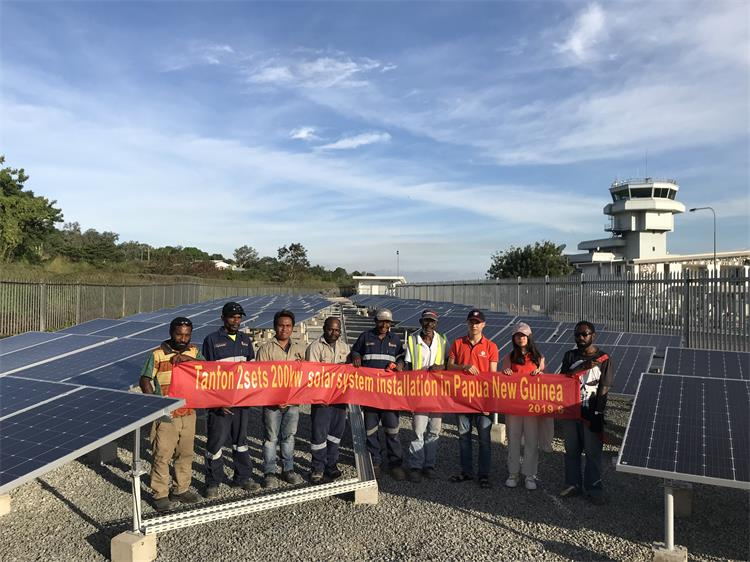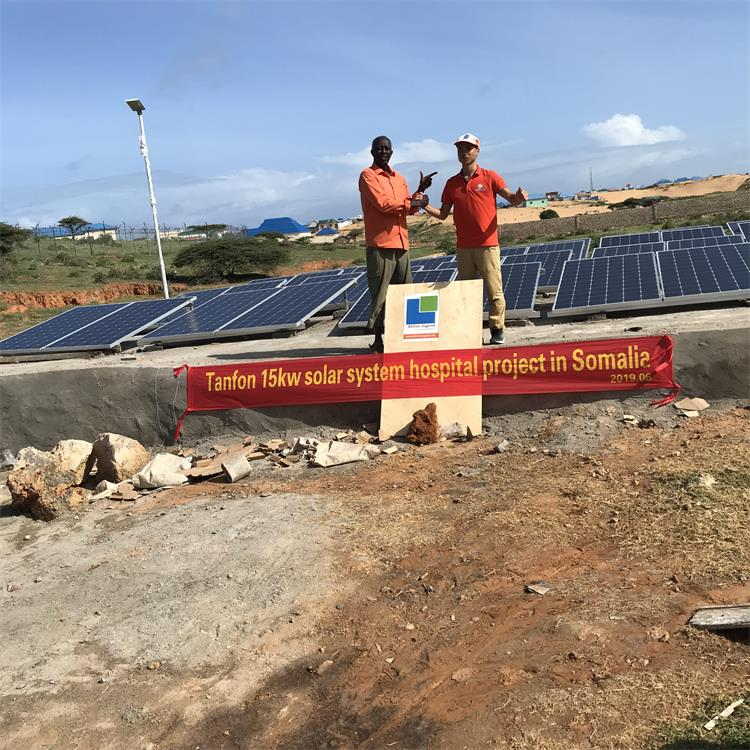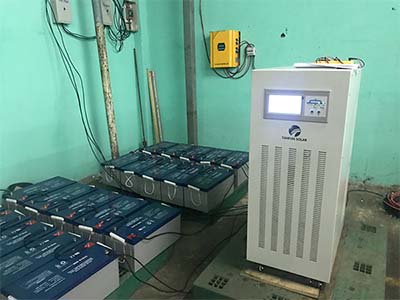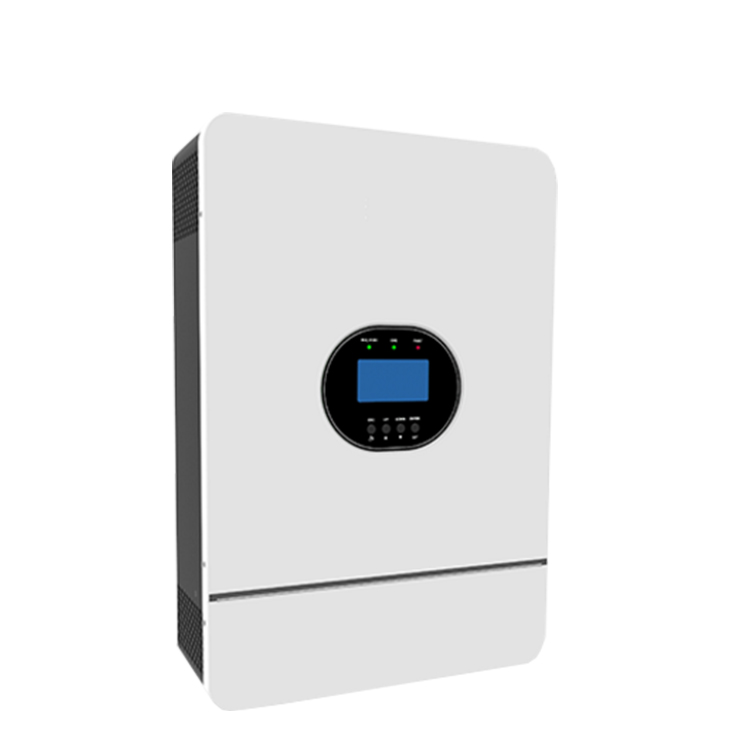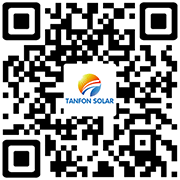 TANFON SOLAR
TANFON SOLAR
 January 14,2024
January 14,2024
In recent years, the global focus on sustainable and eco-friendly practices has led industries to explore alternative energy sources. One of the most promising solutions is solar power, which offers a clean and renewable energy option. As factories are significant consumers of energy, the question arises: how many solar panels does it take to power a factory efficiently?
I. Introduction
A. Definition of Solar Power
Solar power involves harnessing the sun's energy to generate electricity through the use of solar panels. These panels capture sunlight and convert it into usable electrical energy, making it an environmentally friendly power source.
B. Growing Importance of Renewable Energy
With the escalating concern about climate change and environmental degradation, there is a growing global shift towards renewable energy sources. Solar power, in particular, has gained prominence due to its sustainability and minimal impact on the environment.
C. Focus on Solar Panels for Industrial Use
Industries, including factories, are increasingly looking towards solar panels to meet their energy needs sustainably. This article explores the factors influencing the number of solar panels required for efficient power generation in a factory setup.
II. Factors Influencing Solar Panel Requirements
A. Energy Consumption of the Factory
The first consideration is the amount of energy the factory consumes on a daily and monthly basis. Understanding the energy needs is crucial for determining the size and capacity of the solar panel system required.
B. Location and Climate
The geographical location of the factory plays a significant role in solar panel efficiency. Areas with abundant sunlight will generate more energy compared to regions with frequent cloud cover or limited sunlight hours.
C. Efficiency of Solar Panels
Advancements in solar panel technology have resulted in varying levels of efficiency. Higher efficiency panels generate more power, but they may come at a higher initial cost. Balancing efficiency with cost is a critical decision in designing a solar power system for a factory.
D. Storage Solutions
Incorporating energy storage solutions, such as batteries, helps address the intermittent nature of solar power. Storing excess energy during peak sunlight hours ensures a stable power supply, even during cloudy periods or at night.
III. Calculating Solar Panel Requirements
A. Understanding Energy Needs
Accurately calculating the energy needs of a factory involves analyzing historical data, considering peak usage times, and factoring in any planned expansions. This data serves as the foundation for determining the required solar panel capacity.
B. Solar Panel Efficiency and Capacity
Selecting solar panels with an optimal balance of efficiency and capacity is crucial. The goal is to maximize energy output while staying within budget constraints.
C. Factoring in Sunlight Hours
The number of sunlight hours a region receives directly impacts the energy output of solar panels. Factoring in sunlight hours is essential for accurately estimating daily and yearly energy production.
D. Accounting for System Losses
Every solar power system experiences some level of energy loss due to factors like inverter inefficiencies, shading, and dust accumulation. Understanding and mitigating these losses ensures the system operates at its highest efficiency.
V. Benefits of Solar Power for Factories
A. Cost Savings and Return on Investment
While the initial setup costs may be significant, the long-term savings on energy bills often outweigh these expenses. Factories can experience a positive return on investment (ROI) over time, making solar power a financially viable option.
B. Environmental Impact
Reducing the carbon footprint and dependence on non-renewable energy sources are crucial for environmental sustainability. Solar power for factories contributes to cleaner air and a healthier planet.
C. Government Incentives
Many governments offer incentives and subsidies to encourage the adoption of renewable energy. Understanding and utilizing these incentives can significantly offset the initial costs of implementing a solar power system.
VI. Challenges and Solutions
A. Initial Setup Costs
The upfront costs of installing a solar power system can be a barrier for some factories. However, various financing options, government incentives, and decreasing solar equipment costs are making solar adoption more accessible.
B. Technical Challenges
Solar power systems require technical expertise for design, installation, and maintenance. Partnering with experienced solar professionals helps overcome technical challenges and ensures the system's optimal performance.
C. Integration with Existing Systems
Integrating solar power with existing energy systems in a factory can be complex. Careful planning and coordination are necessary to seamlessly incorporate solar energy into the overall energy infrastructure.
D. Ongoing Maintenance
Regular maintenance is essential for the longevity and efficiency of a solar power system. Establishing a maintenance schedule and addressing issues promptly ensures uninterrupted energy production.
VII. Future Trends
A. Technological Advancements
Ongoing advancements in solar technology promise increased efficiency and affordability. Keeping abreast of these developments allows factories to benefit from the latest innovations in solar power.
B. Increasing Adoption of Solar Power
As awareness of the environmental impact of traditional energy sources grows, more factories are likely to adopt solar power. The increasing demand may lead to further technological advancements and reduced costs.
C. Impact on the Industrial Sector
The widespread adoption of solar power in the industrial sector could revolutionize energy consumption patterns. This shift has the potential to transform factories into more sustainable and eco-friendly entities.
VIII. Conclusion
A. Recap of Key Points
Understanding the factors influencing the number of solar panels required for a factory involves a comprehensive analysis of energy needs, location, efficiency, and storage solutions.
B. Encouraging the Shift to Solar Energy
The benefits, including cost savings, environmental impact, and government incentives, make the adoption of solar power a compelling choice for factories looking to enhance sustainability.
C. The Future of Solar-Powered Factories
The ongoing technological advancements and increasing adoption of solar power suggest a promising future for solar-powered factories. Embracing this shift is not just a trend but a necessary step towards a more sustainable industrial landscape.
FAQs
-
What is the average payback period for solar panels in a factory?
- The payback period for solar panels in a factory varies based on factors such as energy consumption, location, and available incentives. On average, it ranges from 5 to 10 years.
- The payback period for solar panels in a factory varies based on factors such as energy consumption, location, and available incentives. On average, it ranges from 5 to 10 years.
-
Can solar panels completely power a factory during non-sunlight hours?
- While solar panels cannot generate electricity in the absence of sunlight, energy storage solutions like batteries allow factories to use stored power during non-sunlight hours.
- While solar panels cannot generate electricity in the absence of sunlight, energy storage solutions like batteries allow factories to use stored power during non-sunlight hours.
-
Are government incentives available globally for solar-powered factories?
- Government incentives for solar-powered factories vary by country. Many nations offer tax credits, rebates, or other incentives to promote the adoption of renewable energy.
- Government incentives for solar-powered factories vary by country. Many nations offer tax credits, rebates, or other incentives to promote the adoption of renewable energy.
-
How do solar panels impact the resale value of a factory?
- Solar panels can enhance the resale value of a factory by reducing operational costs and making the property more attractive to environmentally conscious buyers.
- Solar panels can enhance the resale value of a factory by reducing operational costs and making the property more attractive to environmentally conscious buyers.
-
What are the maintenance requirements for solar panels in a factory?
- Regular cleaning, monitoring, and occasional inspections are essential for maintaining solar panels in a factory. Professional maintenance services can ensure optimal performance.

